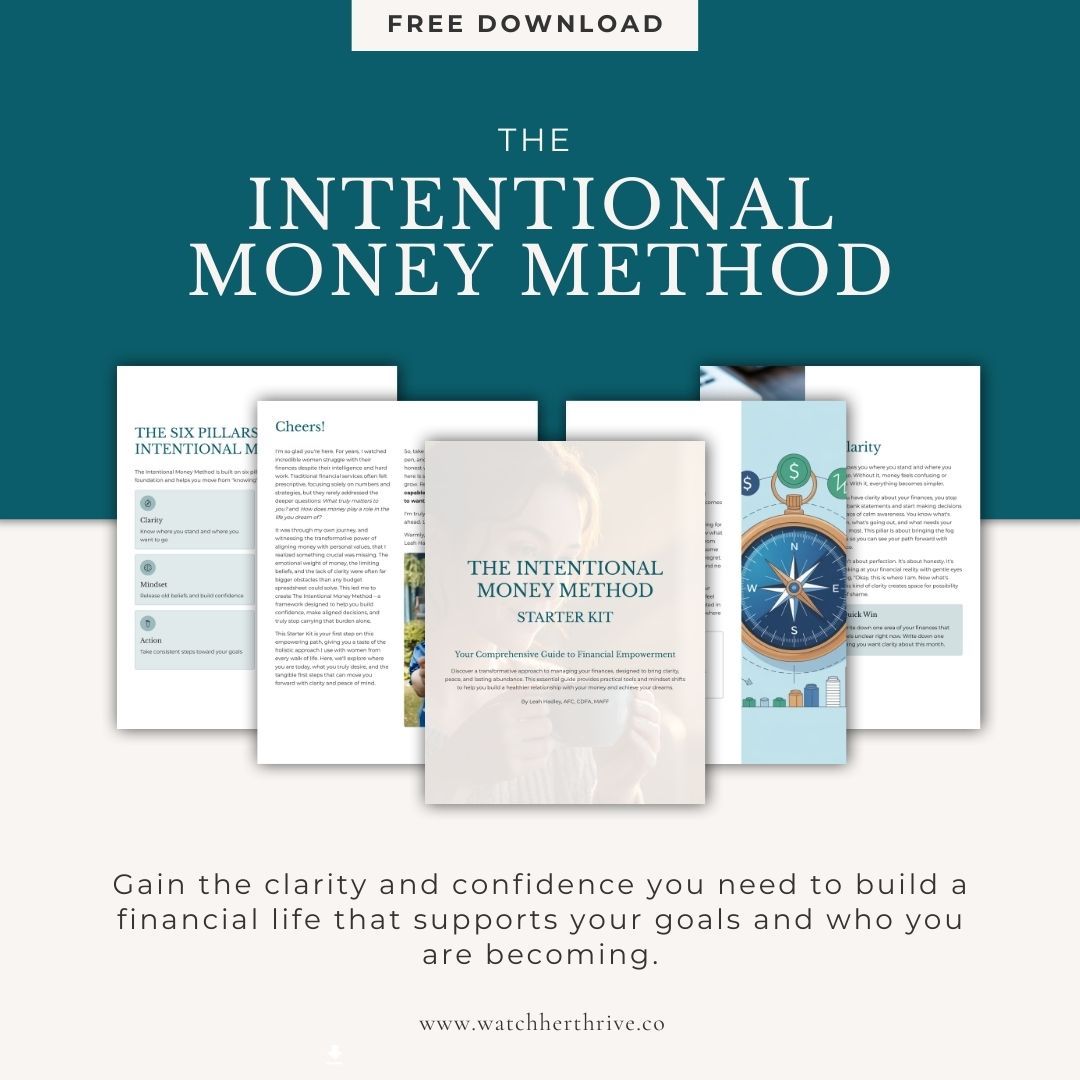Don't Believe These Investment Myths

As you learn more about investing, it can become apparent that there are many investment myths out there, ranging from absolutely ridiculous practices to things that may seem almost legitimate. No matter whether you get the information from a peer or an investment professional, be sure to keep an eye out for these common investment myths.
Don’t Believe These Investment Myths
Of course, each investor is different. There are no hard and fast guidelines that apply to everyone when it comes to balancing risk, but it does help to have a good understanding of what to look for.
Myth #1: Risk Definition is Static
Risk means different things to different investors. The way you manage risk has to do not only with the amount of money you’re investing but also your personality. Outside of investing, look at how you manage risks and how you associate them with your day-to-day life. Rather than focusing on whether something is “risky” in the market, consider what a risky investment means to you and use that as your comparison tool in choosing your investments.
Myth #2: You Need Diversification for Success
Property, stocks, bonds, and other types of investments can all add up to create a diversified portfolio, but that’s not necessarily what you need when you get started. Chances are, you can see returns on just one or two investment streams. Most people find that having a diversified portfolio protects you as your investments age, but you can still have success without a diversified portfolio. The key: just start somewhere.
Myth #3: Choosing Domestic Investments is Necessary
Do not let international investing scare you. While you will likely want to have some domestic investments in your portfolio, it’s a good idea to have a mix of both domestic and international investments. Doing so can help give your portfolio a boost. Even if you choose similar investments that are national and international, it will help to cushion your portfolio.
Myth #4: Play It Safe At First
When you are just starting out it’s the best time to take risks. Since you don’t have a lot of thought, time, and money put into your investments, it’s actually less of a gamble to take big risks at the beginning. It should go without saying that this doesn’t mean you should invest haphazardly just because you’re a new investor. Instead, it means that it’s okay to learn as you go. No one expects perfection right out of the gate and, as I mentioned before – everyone is different. Take the time to find what works for you.
Myth #5: Seasonal Impacts Mean Selling More
Stocks are not a new pair of Jimmy Choos designed just for the season. Despite what you’ve heard, seasonal stock selling is not always the best choice. Selling your stocks every season can actually hurt your portfolio, as the stock market is constantly fluctuating. What is important is that you take inventory of your stocks seasonally. Learn what is performing for you consistently and what’s not. By doing so, you’ll have a better picture of what you do need to sell.
Myth #6: You’re Up Against A Lot
It’s easy to get caught in the trap of thinking that because you’re an individual investor, the cards are stacked against you. Wall Street can be intimidating and working on your own might feel overwhelming when you’re surrounded by mega-investors and (let’s be honest) millionaires. There are so many ways you can feel insignificant as a new and individual investor, but it’s important to remember that Wall Street is not rigged against you. In fact, you may even have better chances at success as an individual investor.
Myth #7: Investment Fees Are Worth It
Not paying attention to your investment fees can put a dent in your overall cashflow. Even though many are minuscule, others are significant and can take away from your profits. Plus, even small fees can add up. Pay close attention to the investment fees you’re paying and make sure that they are worth it. If you are paying a lot of investment fees, you may have a harder time seeing good returns on those investments. Don’t like what you see when you’re checking out those investment fees? Consider a different strategy that doesn’t rely on high-fee investments.

Myth #8: You Don’t Have to Prepare for Aging Investments
As you prepare yourself for the aging process (likely, creating financial plans for retirement), you should also prepare for your investments to age. To do so, you’ll want to consider diversification and also learn which investments will be the best for your personal and family situation in the long term. Prepare your investments to age the way you need them to and you’ll have an easier time as you head toward retirement.
Debunk the Myths
Investing doesn’t have to be scary. You can manage your investments both conservatively and successfully.
Related posts:
What to Know About Stocks Before Investing
Diversification: How to Invest Money Wisely
How to Become a Better Investor
Investing Doesn't Have to be Scary: Selecting a Financial Advisor to Be Your Guide




